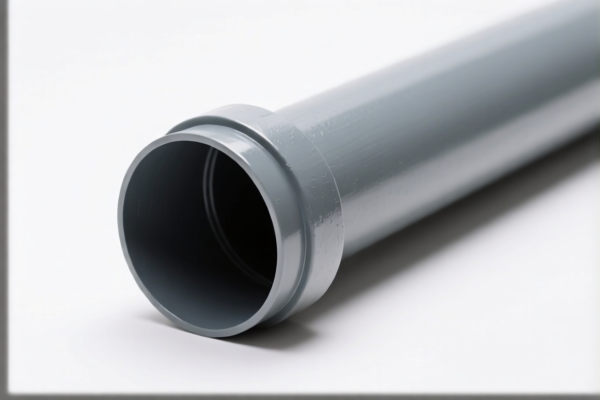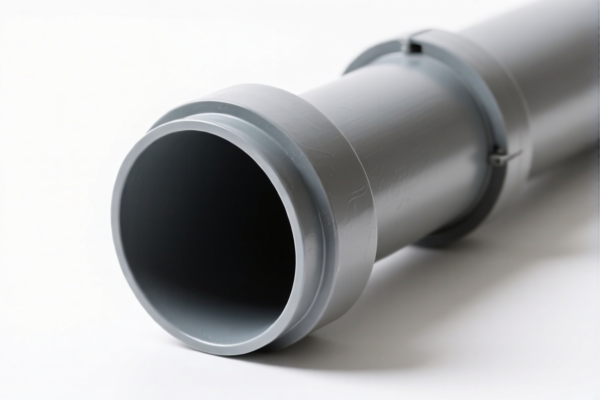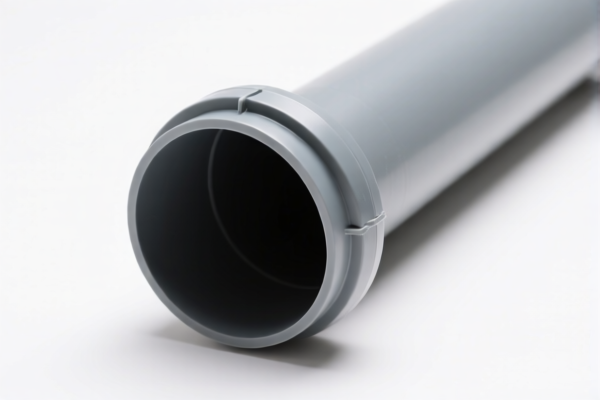| HS Code | Official Doc | Tariff Rate | Origin | Destination | Effective Date |
|---|---|---|---|---|---|
| 7608100030 | Doc | 35.7% | CN | US | 2025-05-12 |
| 7608200030 | Doc | 35.7% | CN | US | 2025-05-12 |
| 7610900080 | Doc | 85.7% | CN | US | 2025-05-12 |
| 9406900190 | Doc | 82.9% | CN | US | 2025-05-12 |
| 9406900130 | Doc | 82.9% | CN | US | 2025-05-12 |
| 7304110020 | Doc | 30.0% | CN | US | 2025-05-12 |
| 7304390020 | Doc | 30.0% | CN | US | 2025-05-12 |
| 7305191030 | Doc | 30.0% | CN | US | 2025-05-12 |
| 7305191060 | Doc | 30.0% | CN | US | 2025-05-12 |
| 8481801020 | Doc | 59.0% | CN | US | 2025-05-12 |
| 8481803090 | Doc | 60.6% | CN | US | 2025-05-12 |
| 8307103000 | Doc | 58.8% | CN | US | 2025-05-12 |
| 8307106000 | Doc | 58.8% | CN | US | 2025-05-12 |




Brake Line Pipe
A brake line pipe (also known as brake tubing, brake hose, or hydraulic brake line) is a critical component of a vehicle's braking system, responsible for safely conveying hydraulic pressure from the master cylinder to the brake calipers or wheel cylinders. This pressure is what ultimately applies the brakes.
Material:
- Steel: Traditionally, brake lines were made of steel, often coated with a corrosion-resistant material like zinc or aluminum. Steel lines offer high strength and durability but are susceptible to corrosion over time, particularly in areas exposed to road salt and moisture.
- Stainless Steel: Stainless steel brake lines are a common upgrade. They are highly resistant to corrosion and expansion, providing a more firm and consistent brake pedal feel. They are generally braided for increased flexibility and burst resistance.
- Rubber (Reinforced): Rubber brake hoses are used for flexible connections between the chassis and moving components (like wheels). They are constructed with an inner rubber layer for fluid containment, a reinforcement layer (often braided steel or polyester) for strength, and an outer protective layer.
- Fluoropolymer (PTFE/Stainless Steel Braided): These lines combine a PTFE (Teflon) inner liner for compatibility with various brake fluids and a stainless steel braid for strength and minimal expansion. They offer superior performance and durability.
Purpose:
The primary purpose of a brake line pipe is to transmit hydraulic pressure without leakage or loss of pressure. Maintaining this pressure is essential for effective braking.
Function:
- Pressure Transmission: Conveys force from the master cylinder to the brakes.
- Fluid Containment: Prevents brake fluid leakage, which would reduce braking effectiveness and pose a safety hazard.
- Flexibility (Hoses): Allows for movement of suspension components and steering without compromising brake function.
Usage Scenarios:
- Standard Vehicle Braking Systems: Found in all vehicles equipped with hydraulic brakes (cars, trucks, motorcycles, etc.).
- Performance/Racing Applications: Stainless steel or PTFE lines are often used to improve brake pedal feel and consistency under high-stress conditions.
- Restoration/Repair: Replacement of corroded or damaged lines is a common maintenance procedure.
- Custom Brake Systems: Used in the construction of modified or upgraded braking systems.
Common Types:
- Steel Brake Lines: Rigid, typically used for the majority of the brake line run from the master cylinder to the flexible hoses.
- Flexible Brake Hoses: Connect the rigid steel lines to the calipers/wheel cylinders. Vary in length and fitting types.
- Pre-formed Steel Lines: Bent to specific shapes for easy installation in certain vehicle models.
- DOT-Approved Brake Lines: Lines that meet or exceed the safety standards set by the Department of Transportation (DOT). DOT markings indicate the line's burst pressure and compatibility with brake fluids.
- Braided Stainless Steel Lines: Offer improved performance and durability compared to rubber hoses.
- PTFE/Stainless Steel Braided Lines: Provide the highest level of performance and compatibility.
Brake line pipe typically refers to tubing used in automotive braking systems to transmit hydraulic pressure to the brakes. Based on the provided reference material, several HS codes may be relevant depending on the material and specific characteristics of the pipe.
- 7304110020: This code covers seamless iron or steel tubes specifically designated as line pipe used for oil or gas pipelines. While brake lines aren’t strictly for oil/gas, this could apply if the pipe meets the specifications for line pipe and is made of stainless steel with an outside diameter not exceeding 114.3 mm. The total tax rate is 30.0%.
- 7304390020: This code covers other seamless iron or steel tubes of circular cross-section, specifically those of iron or non-alloy steel. If the brake line pipe is seamless, circular, and made of iron or non-alloy steel, and has an outside diameter less than 38.1 mm, this code may be applicable. The total tax rate is 30.0%.
- 7305191030: This code covers other tubes and pipes (e.g., welded, riveted, or similarly closed) with a circular cross-section exceeding 406.4 mm, made of iron or steel, specifically line pipe used for oil or gas pipelines, of iron or non-alloy steel with an external diameter exceeding 406.4 mm but not exceeding 609.6 mm. If the brake line pipe is welded/riveted, circular, exceeds 406.4 mm, and is made of iron or non-alloy steel, this code may be applicable. The total tax rate is 30.0%.
- 7305191060: This code covers other tubes and pipes (e.g., welded, riveted, or similarly closed) with a circular cross-section exceeding 406.4 mm, made of iron or steel, specifically line pipe used for oil or gas pipelines, of iron or non-alloy steel with an external diameter exceeding 609.6 mm. If the brake line pipe is welded/riveted, circular, exceeds 609.6 mm, and is made of iron or non-alloy steel, this code may be applicable. The total tax rate is 30.0%.
- 8307103000: This code covers flexible tubing of iron or steel with fittings. If the brake line pipe is flexible and made of iron or steel with fittings, this code may be applicable. The total tax rate is 58.8%.
- 8307106000: This code covers flexible tubing of iron or steel without fittings. If the brake line pipe is flexible and made of iron or steel without fittings, this code may be applicable. The total tax rate is 58.8%.
It is important to note that the final HS code classification will depend on the specific characteristics of the brake line pipe, including its material, manufacturing process (seamless vs. welded/riveted), diameter, and whether it is flexible or rigid.
Customer Reviews
I was looking for HS code info for plastic doors and this page had exactly what I needed. Very useful for my business.
The explanation of the 5% tariff and HS Code 3925 was straightforward. I'd like to see more details on related products next time.
This page was a lifesaver for my export paperwork. The HS Code 3925 and tariff info made everything much easier.
The details on the 5% duty for plastic doors were clear, but I wish there were more examples of similar products.
I was looking for HS codes for plastic doors and this page had exactly what I needed. Very helpful for my business.